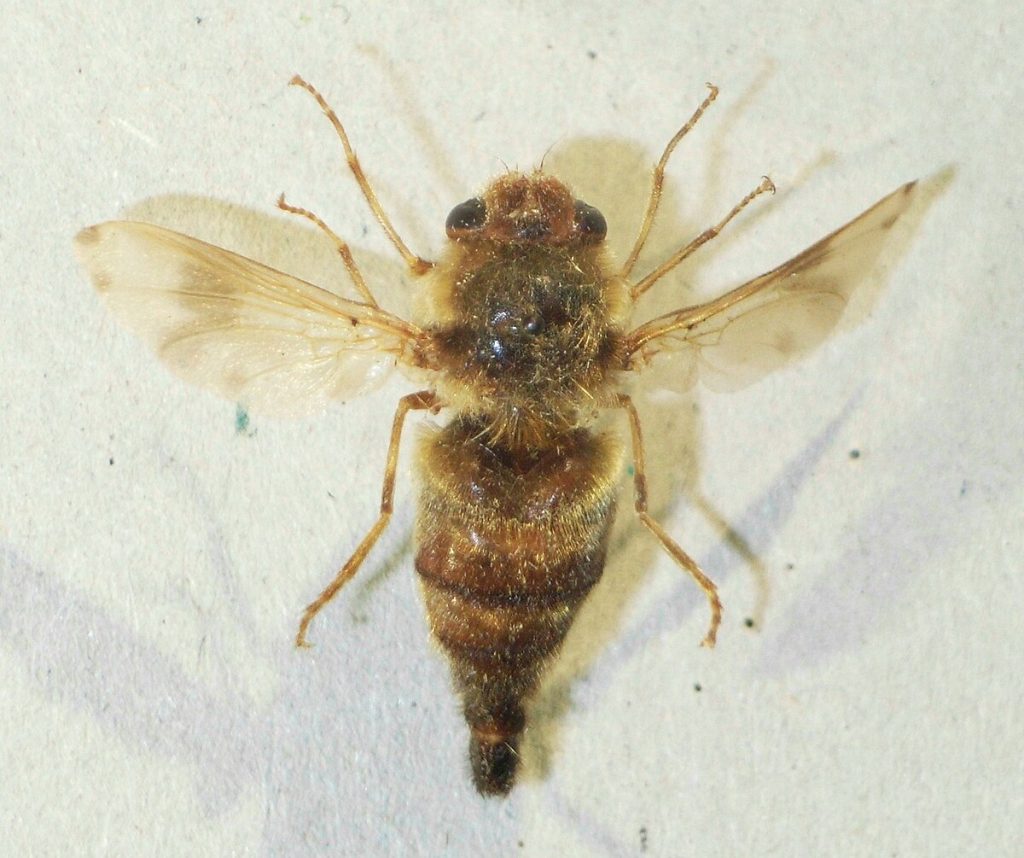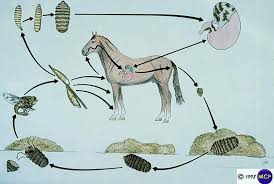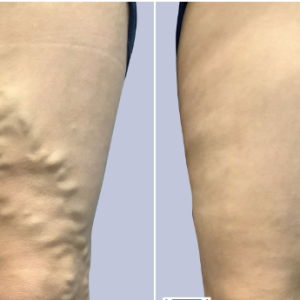Gasterophilus intestinalis, commonly known as the horse botfly, is a parasite whose larvae attach to the digestive tract of horses, where they can cause irritation, ulcerations, and digestive disturbances. To protect horses effectively, a mix of mechanical, environmental, and pharmacological strategies is needed.

Firstly, mechanical removal of eggs from the horse’s coat is an important preventive measure. Egg masses laid by adult flies are often found on legs, shoulders, or abdomen. Owners can use a damp cloth, warm water, or specially designed tools to gently wipe or scrape off eggs before they hatch and the larvae are ingested. Keeping the animal’s coat trimmed in vulnerable areas can also help.

Second, insecticide sprays and repellents can deter adult flies and reduce egg‐laying activity. Pyrethroid‐based sprays applied to regions where flies tend to land (legs, flanks, neck) may suppress egg deposition. These sprays should be used carefully and in consultation with a veterinarian, especially on sensitive animals.
Third, strategic deworming with effective anthelmintics is essential. Macrocyclic lactones such as ivermectin and moxidectin are known to be effective against both oral and gastric larval stages of Gasterophilus. The ideal timing is generally in late autumn, after a hard frost, when new egg deposition has ceased, so that the treatment targets existing larvae rather than missing new ones.
Finally, integrated parasite‐management practices should be adopted. This includes monitoring parasite loads, avoiding overuse of dewormers (to slow resistance development), maintaining good stable hygiene and manure management, rotating pastures, and tailoring control strategies to local seasonal patterns and herd risk profiles.
By combining these approaches—egg removal, fly deterrence, well‐timed deworming, and integrated management—horse owners can significantly reduce the risk and impact of Gasterophilus intestinalis infestations.





